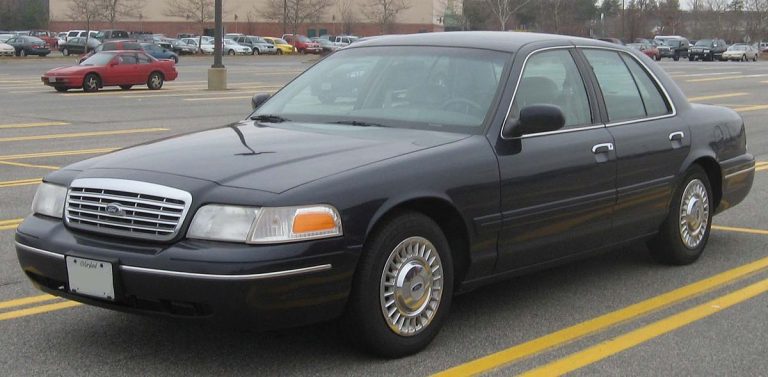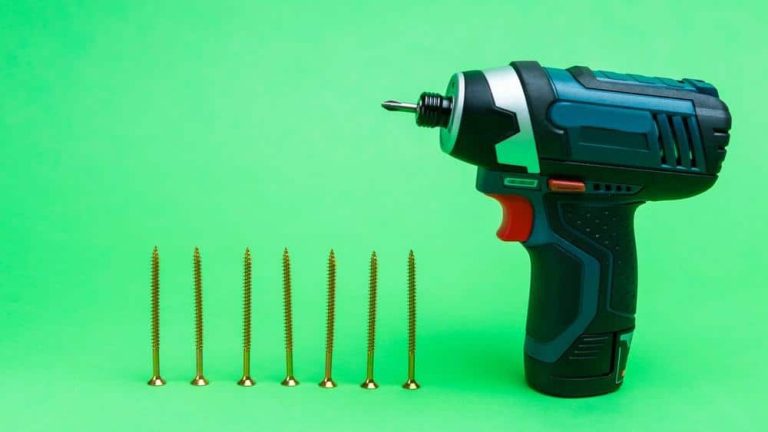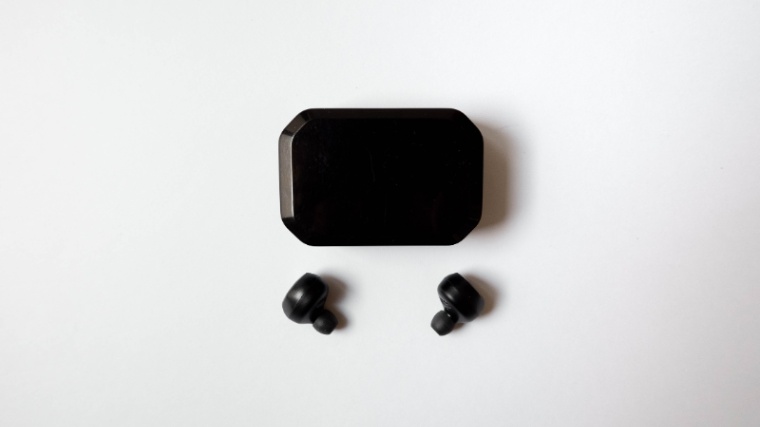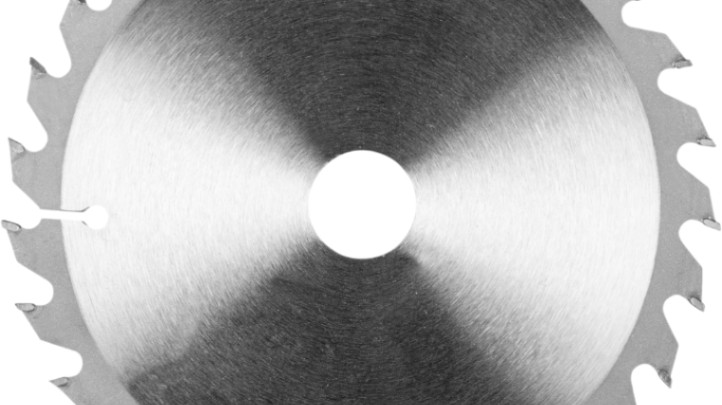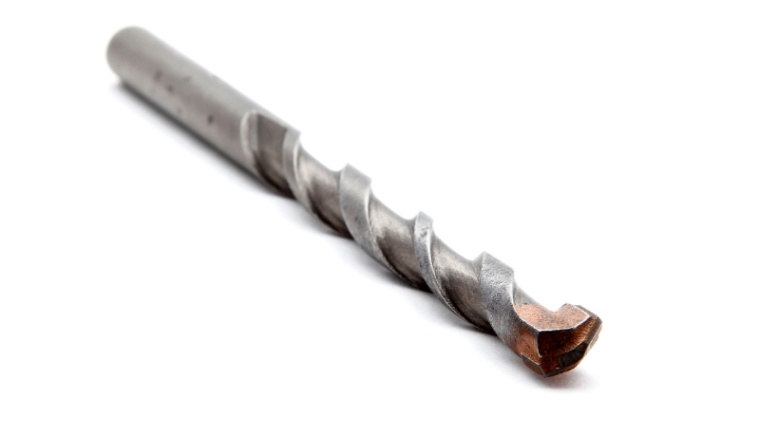If you are asking yourself, What is a brad nailer used for? The answer will be A brad nailer is a compact nail gun used to connect trim pieces or attach photographs. Unlike other nail guns, Brad nailers cannot fire more giant nails.
When choosing a brad nailer, it’s also critical to determine whether or not it includes a depth adjustment. This technique is easier to work with because it’s just a hassle to hold the nail in place while hammering it in.
The last thing you want to think about is the nailer’s pressure output. The harder it is to depress the trigger with more pressure applied, the slower you can work.
Professionals often utilize brad nailers, but you should know a few things before using one yourself.
Check out this blog article to discover more about what a brad nailer is and what it can achieve.
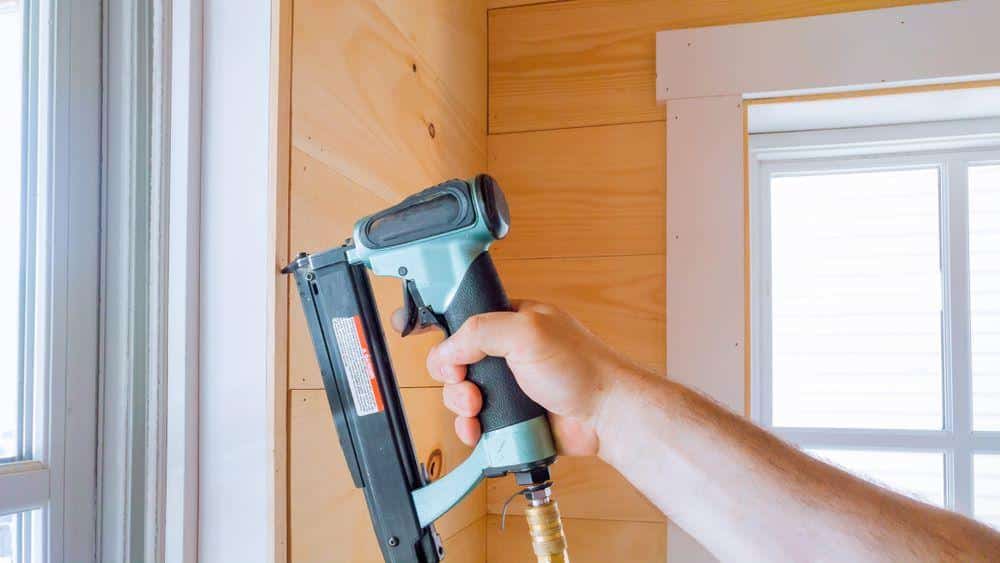
What Is A Brad Nailer?
A Brad Nailer is a tool that is used to join wood together in different building projects. This tool’s flexibility makes it an excellent addition to any workshop or job site.
A brad nailer is a high-powered nail gun that can fire 18-gauge tiny nails up to 2 inches long. The following are the basic components of a brad nailer:
- Intake of air
- belt clip (to hang up after usage)
- A no-mar tip that prevents dents throughout the building process.
- Latch for conveniently freeing stuck fasteners without having to manually take out nails.
- Depth adjustment to avoid putting too much pressure on certain materials, as well as changing how far back
- Pull the trigger before releasing the air to fire a nail.
- A safety lock prevents the brad nailer from firing nails by mistake.
- At any one time, the magazine can store up to 100 18-gauge nails.
- For diverse fastening purposes, it may convert between sequential and contact modes.
What Is A Brad Nailer Used For?
The user may pick from various nail sizes to choose how long a nail they wish to use. Brad nailers are often used to make long, thin stakes, fence posts, picture frames, and similar items.
How To Use A Brad Nailer
Brad nailers aren’t the most difficult tools to work with. If this is your first time using a brad nailer, read the directions carefully and have someone explain to you how to correctly use it in case anything goes wrong.
Connect the magazine to the air compressor or a portable tank-style air source to begin charging it. Then double-check that all safety measures are turned on and ready to go.
Then activate the nailer, position it where you wish to work, and squeeze the trigger. The nails will be released with an audible “click,” which will indicate whether the mode is sequential or contact.
If no such sounds can be heard, then the safety lock has been triggered. Before beginning your job, please check what setting it needs to be on.
When installing trim using a brad nailer, be careful not to apply too much pressure to the wood, as this might result in dents or damage.
When it comes to putting these little bits of hardware into position, adjusting how far back should assist solve any issues. If anything goes wrong while you’re using it, such as your fastener sliding off the surface you’re working on, there’s a latch that may be used to release any stuck nails right away.
By pushing a button on the tool’s side, this may be done. Once enough pressure is applied, it should open and release the contents.
If you wish to remove all jammed parts from the magazine, push down and hold for three seconds.
Who Should Buy A Brad Nailer?
Only those who do a lot of nailing should invest in a Brad Nailer. Construction sites and individual projects where huge volumes of nails need to be put into position fast and effectively are the most common applications for brad nailers.
With a large worksite, having a couple of these flexible tools in your inventory is essential. Framing, finishing, and carpentry may all be done using a nail gun. That’s where the “Brad” portion of the name originates from, and those are the nails that they resemble.
What Is a 18 Gauge Brad Nailer Used For?
A gauge of 18 The Brad Nailer is a tool that is used to fasten things to other surfaces. You can use them for little tasks like trimming and reattaching furniture, but they can also do major tasks like framing.
Brad nailers pierce both hard and soft materials with 18-gauge nails. You can use them on a wide range of materials, including wood, drywall, and sheet metal.
Brad Nailer Types and Applications
Brad nailing guns are flexible instruments that are used to connect materials together using nails or staples. Brad nailers are divided into two categories. These are the following:
Pneumatic Brad Nailer
When delivering 18 gauge nails, this brad nail gun normally requires an air compressor or a portable tank-style air source. A pneumatic Brad nailer is a versatile tool for constructing a variety of woodworking tasks.
Extreme caution should be used while operating this instrument because of the large number of accidents caused by pressurized air. Otherwise, you may get an injury that needs medical treatment.
Electric Brad Nailer
An electric brad nailer is ideal for anybody who wants to complete a project more quickly and effectively. It may be powered by an electric motor, which operates on electricity rather than air, as a pneumatic motor does.
Although this electric brad nailer is not the most affordable choice, it will save you money in the long run. Because this power tool is electric rather than pneumatic, it requires no gas or compressor and requires less maintenance over time.
On an electrical gadget with little dust collection, there are just a few moving components to maintain.
What Is a Brad Nailer Gun Used For?
Brad nailers are ideal for when you need a fast and simple solution but don’t need the power of bigger nails.
Even if it’s only temporarily till the plaster is applied.
Brad nailers can be useful for attaching stylish molding to your walls or hanging paneling on your ceiling. Because of their size and the speed with which they hold things together, brad nailers are especially useful in smaller carpentry tasks such as picture frames.
Other applications include:
- Wall trim installation.
- Placing drywall in a house.
- Crown molding hanging or putting on the wall, ceiling, window frame, etc.
- Window casings for baseboards and door frame Placing drywall in a house.
- Curtains, drapes, and other window coverings may be hung on any surface using a rod.
- Assembling various types of furniture, such as desks, dressers, and so on.
- A “tongue and groove” door is made up of two pieces of wood with grooves on one end that glide over the other.
- Inside your house, you may install hardwood flooring or any kind of tiling.
- When these materials are put in, You can also use the nail gun to edge them.
- Brad Nailers will make it simpler and eliminate the need for finishing nails.
When Using A Brad Nailer, Please Be careful
You might end up in a dangerous scenario if you make a mistake with your Brad’s nails. You may pierce fingers near the driving route, therefore keep them away from the nail-shooting area!
When replacing nail belts, keep an eye out for your fingers, and don’t put the old ones back in. Brads have been known to split at the top of their magazine if they aren’t removed first.
With these little fasteners, steeply angled firing is not suggested since they are too easily skimmed off surfaces instead of sinking deep into the wood.
Metal brads should also be used with caution since, despite their intended usage on non-metallic materials, they will almost always penetrate steel or aluminum frames.
YouTube Credit: Fix This Build That
The most common mistakes that people make when using a Brad Nailer:
- Drilling a hole in a flat surface using a back nailing nailer.
- The use of a Brad Nailer on material like drywall that can’t withstand a lot of pressure.
- The use of a Brad Nailer with an excessively big load.
- When you use too much pressure on your gun when nailing down tiny bits of hardwood material, you risk bruising the stock.
Before going rogue and “banging nail,” try to soften up those brad points. Too many nails are usually insufficient since they may jump out of the board or even bounce back at you!
When using brad nails, it’s crucial to pay attention to the quality of the nails and belts utilized. Before buying a new belt, someone might inspect their present one for correct nail usage.
Because there will almost certainly never be any adhesives involved, it’s also critical not to shoot metal while attaching objects together to prevent unpleasant repercussions such as skimming off surfaces or flying out.
Pros & Cons Of A Brad Nailer
Pros of a Brad Nailer:
- Precision: Brad nailers are designed for precise, accurate placement of nails, making them ideal for trim work, molding, and other delicate carpentry tasks.
- Minimal Damage: Brad’s nails are smaller, leaving smaller holes in the wood, reducing the need for wood putty and touch-up work.
- No Hammering: Using a Brad nailer eliminates the need for manual hammering, reducing the risk of accidental damage to the workpiece or injury to the user.
- Increased Efficiency: Brad nailers are fast and efficient, allowing for rapid nail placement, which can significantly speed up your woodworking projects.
- Flush Finish: Brad nails can be countersunk easily, leaving a flush finish essential for a professional look.
- Less Splitting: Brad’s nails are less likely to split thin or delicate wood materials due to their smaller size.
- Versatility: Brad nailers can handle a variety of nail sizes and lengths, making them versatile for different tasks.
- Reduced Fatigue: Using a brad nailer requires less physical effort than traditional nailing methods, reducing user fatigue during long projects.
Cons of a Brad Nailer:
- Limited Holding Power: Brad’s nails have less holding power compared to larger nails or screws, so they may not be suitable for heavy-duty construction or load-bearing applications.
- Not for Dense Materials: Brad nailers are not ideal for dense or hardwoods since the nails may not penetrate effectively.
- Compressor Required: Most Brad nailers are pneumatic and require an air compressor, which can be an additional cost and make the tool-less portable.
- Depth Adjustment: Achieving the correct nail depth can sometimes be challenging and require adjustments and testing.
- Cost: High-quality brad nailers can be relatively expensive, especially if you factor in the price of an air compressor if you don’t already own one.
- Maintenance: Pneumatic brad nailers require regular maintenance, including lubrication and cleaning, to ensure they function correctly.
- Noise: Operating a pneumatic brad nailer can be noisy due to the compressor, which may not be suitable for quiet environments.
- Limited Nail Length: Brad nailers are typically designed for shorter nail lengths, so they may not be suitable for applications requiring longer nails.
Remember that the pros and cons of a Brad nailer can vary depending on the specific model and brand you choose and the type of projects you intend to tackle.
FREQUENTLY ASKED QUESTIONS (FAQ)
Hammering little brads may be difficult, and if you use too much effort, you risk bending or breaking the nails. The greatest answer to this problem is a nail gun that easily avoids these issues!
A nail gun is an excellent tool for swiftly and precisely nailing in pieces of wood, although it isn’t always required. If you don’t have one on hand, a hammer and nails will suffice.
Conclusion
A brad nailer is a powerful instrument that you may use to fire thinner and smaller nails for various purposes. Crown molding, baseboard attachment, trim wall installation, tiny handcrafts, and more may all be done with it!
The brad nailers’ crisp and clean finish will also appeal to you. It saves you money by not having to buy carpenter putty to cover up flaws, and it also speeds up the nail-application process.
As a result, it may be an excellent addition to your tool’s inventory.
